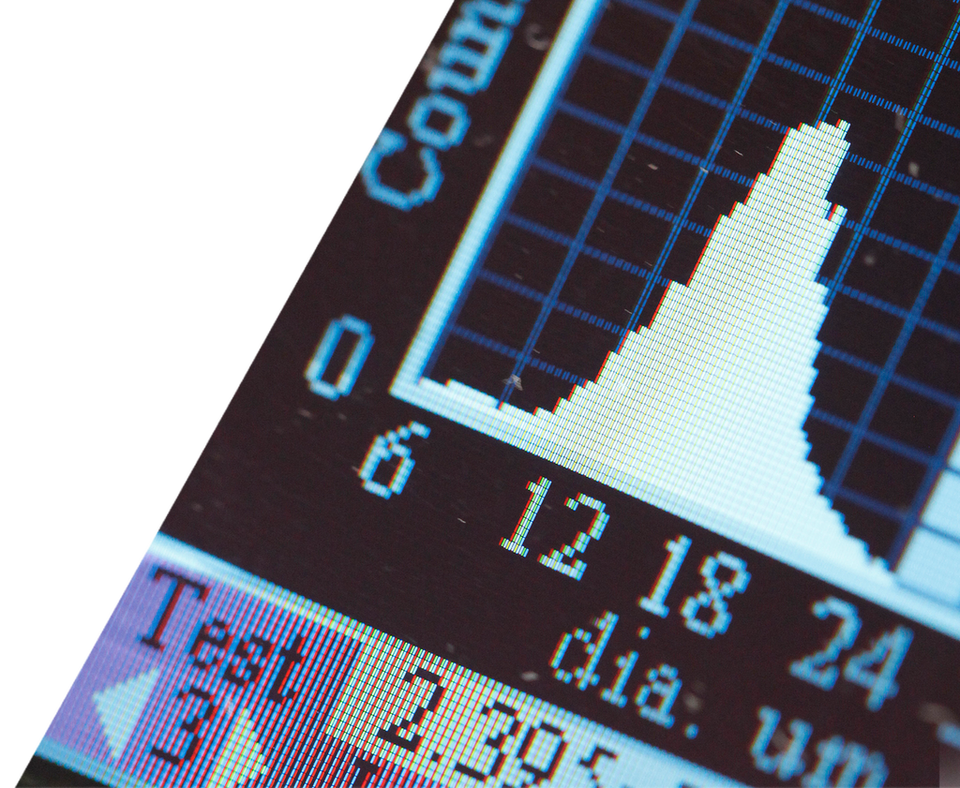



BIOMARKERS OF MYCOTOXINS
A new technique to measure exposure?
Biomarkers, or biological markers, have been described as a characteristic that is objectively measured and evaluated as an indicator of normal biological processes, pathogenic processes or pharmacologic response to an intervention (Atkinson et al., 2001).
There are two types of biomarkers:
DIRECT
&
INDIRECT
INDIRECT are non-specific, and may be associated with the effect of the mycotoxin, such as the change in liver enzymes after exposure to aflatoxin B1, or even just the change in an animal’s feed intake following deoxynivalenol consumption.
DIRECT biomarkers are more specific and directly linked to exposure, such as the mycotoxin itself or its metabolite.
MEASURING BIOMARKERS
The most commonly chosen biological fluids in which to measure biomarkers, are blood and urine, although other sources such as milk, hair and faeces may be used as well. Interestingly, collection of different biological fluids may be required for assessing mycotoxin biomarkers.
A recent review by Vidal et al. (2018) describes the biomarkers for various mycotoxins:
Deoxynivalenol (DON)
Free DON, DON-15-glucuronide and DON-3-glucuronide can be measured in the urine, and all can be considered as biomarkers of DON exposure.
Nivalenol
Biomarker profile has not been determined.
Fusarenone X
Largely converted to nivalenol.
T-2/HT-2 toxins
HT-2 toxin is a biomarker of T-2 toxin, but other metabolites exist which have not been confirmed.
Diacetoxyscirpenol (DAS)
Multiple biomarkers have been identified in both urine and faeces.
Ochratoxin
Multiple biomarkers that must be analysed in the urine.
Citrinin
DH-CIT is the primary biomarker in the urine.
Fumonisins
Excreted mainly through the faeces, several biomarkers exist.
Zearalenone
A complex mycotoxin as multiple zearalenone metabolites can be measured in urine.
Aflatoxins
Several biomarkers can be detected in urine, such as AFQ1. AFB1-lysine can be measured in plasma during chronic aflatoxin exposure.
Other mycotoxins
Biomarker not yet successfully determined.
CHALLENGES
The goals in monitoring biomarkers are identifying each one, validating its effectiveness as an endpoint, and proving the relevance of that biomarker to provide valuable information (Vidal et al., 2018). However, several challenges exist which it comes to measuring biomarkers.
- Many biomarkers are only identified and analysed using advanced analytical methods such as ultra-high-performance liquid chromatography-mass spectrometry.
- Mycotoxins as a group are very diverse and have many different modes of actions, as well as different exposure pathways within humans or animals.
- The relationship between biomarker, mycotoxin exposure and risk level has yet to be determined for most mycotoxins except for Aflatoxin M1 in milk. Although unsafe levels of mycotoxins in feed and food have been determined, there are no standards set by governing bodies for acceptable levels of biomarkers in biological fluids.
- Acute and chronic mycotoxin exposure will alter the ability to get an accurate picture of mycotoxin exposure.
- Multiple mycotoxin contamination of food and feed is more common than not. Due to variation in metabolite structure and excretion, it may be difficult to access multiple mycotoxin consumption through biomarker analysis.
- There is a practical challenge to collecting biological fluids which may be difficult outside a research setting. Individual animal variation is high, resulting in variations in mycotoxin metabolism and excretion. Research has shown that multiple samples, such as urine, need to be taken from the same individual over time to get a clear picture of biomarker metabolism and excretion.
In conclusion, mycotoxin research can certainly enter a new era with state-of-the-art analytical techniques that allow for biomarker analysis. However, the use of biomarker monitoring for mycotoxins may be a challenge for on-farm situations.
Currently, feed analysis provides the only analytical tool to assist diagnosis of mycotoxin induced disorders on farms. Additional scientific research is needed to develop screening, validation and assessment methods for measuring challenge from multiple mycotoxins through biomarkers.